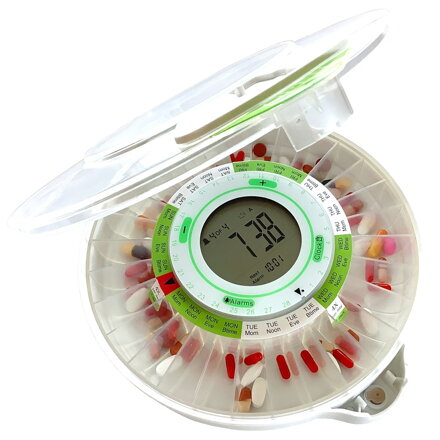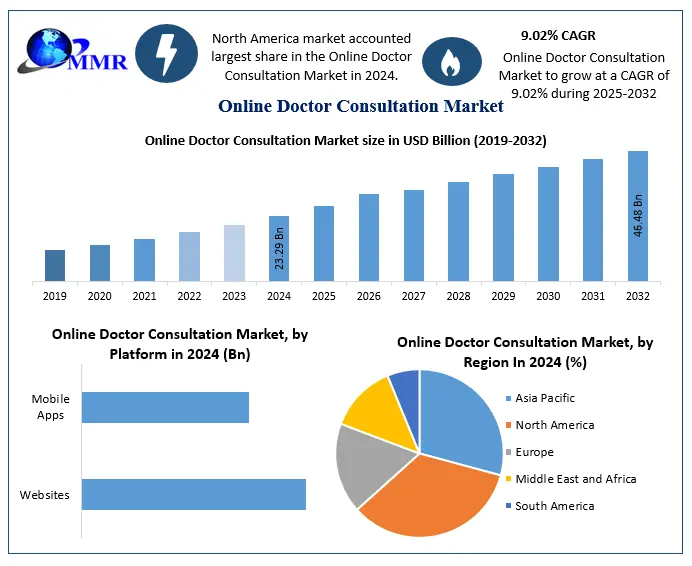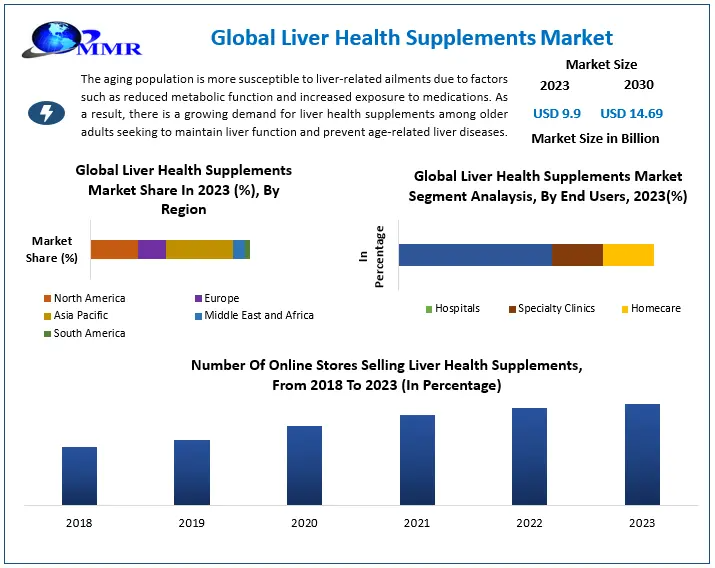Automatic Pill Dispenser Market Poised for Robust Growth, Projected to Reach USD 5.03 Billion by 2030
The Automatic Pill Dispenser Market is on an upward trajectory, with projections indicating a rise from USD 2.63 billion in 2023 to approximately USD 5.03 billion by 2030, reflecting a compound annual growth rate (CAGR) of 9.7% during the forecast period.
Market Overview
Automatic pill dispensers have emerged as pivotal tools in modern healthcare, addressing challenges related to medication adherence, especially among the elderly and patients with chronic conditions. These devices offer timely and accurate dispensing of medications, reducing the risk of missed or incorrect dosages. The increasing prevalence of chronic diseases, coupled with a growing aging population, has amplified the demand for such automated solutions.
Research Methodology
The insights presented are derived from comprehensive analyses encompassing primary and secondary research methodologies. Primary research involved interviews with industry experts, healthcare professionals, and key stakeholders, while secondary research encompassed the study of company reports, industry publications, and reputable databases. This dual approach ensures a holistic understanding of market dynamics, trends, and forecasts.
Demand & Supply Dynamics
Drivers:
-
Aging Population: The global increase in the elderly demographic necessitates solutions that assist in medication management, driving the adoption of automatic pill dispensers.
-
Chronic Disease Prevalence: Rising cases of conditions like diabetes, cardiovascular diseases, and neurological disorders underscore the need for consistent medication adherence, bolstering market growth.
-
Technological Advancements: Integration of features such as barcode scanning, Bluetooth connectivity, and real-time monitoring enhances the functionality and appeal of these devices.
Challenges:
-
High Initial Costs: The substantial upfront investment required for advanced dispensers can deter adoption, especially in low-resource settings.
-
Lack of Awareness: Limited knowledge about the benefits and availability of automatic pill dispensers hampers market penetration in certain regions.
Mergers & Acquisitions / Recent Developments
The market has witnessed significant strategic movements aimed at enhancing product offerings and expanding global footprints:
-
Becton Dickinson’s Acquisition of Parata Systems: In July 2022, Becton Dickinson and Company acquired Parata Systems for $1.525 billion, aiming to bolster its pharmacy automation solutions and improve patient safety.
-
Dignio AS and AceAge Inc. Partnership: February 2022 saw Norway-based Dignio AS collaborate with Canada’s AceAge Inc. to introduce the Karie smart pill dispenser in Norway, integrating it into Dignio’s connected care solutions.
-
Equasens Group’s Acquisition of Caremeds: Equasens Group expanded its portfolio by acquiring Caremeds, adding the AUTOMEDS semi-automatic dispensing system to its offerings.
Stay Ahead in Your Industry: Grab a Sample Report Now :https://www.maximizemarketresearch.com/request-sample/123296/
Competitive Landscape
The automatic pill dispenser market is characterized by intense competition, with key players focusing on innovation, strategic partnerships, and geographical expansion. Notable companies include:
-
Omnicell, Inc. (NASDAQ: OMCL): A leader in medication management solutions, Omnicell continues to innovate in automated dispensing systems.
-
Becton, Dickinson and Company (NYSE: BDX): Post its acquisition of Parata Systems, BD has strengthened its position in pharmacy automation.
-
Capsa Healthcare: Known for its comprehensive medication management solutions, Capsa focuses on enhancing healthcare delivery through technology.
-
Cerner Corporation: A global health platform and innovation company, Cerner offers integrated solutions to improve patient care.
-
McKesson Corporation (NYSE: MCK): As a global leader in healthcare supply chain management, McKesson provides a range of pharmaceutical and medical products.
Regional Insights
-
North America: Dominates the market due to advanced healthcare infrastructure, high adoption rates of technology, and supportive government initiatives.
-
Europe: Countries like Germany lead in adoption, driven by favorable reimbursement policies and significant investments in research and development.
-
Asia-Pacific: Emerging economies such as India and China present lucrative opportunities, attributed to their large patient populations and increasing healthcare expenditures.
Conclusion
The automatic pill dispenser market is set for substantial growth, propelled by technological advancements, strategic collaborations, and an increasing need for efficient medication management solutions. Stakeholders are poised to benefit from the evolving landscape, provided they navigate the challenges and leverage the opportunities presented.



